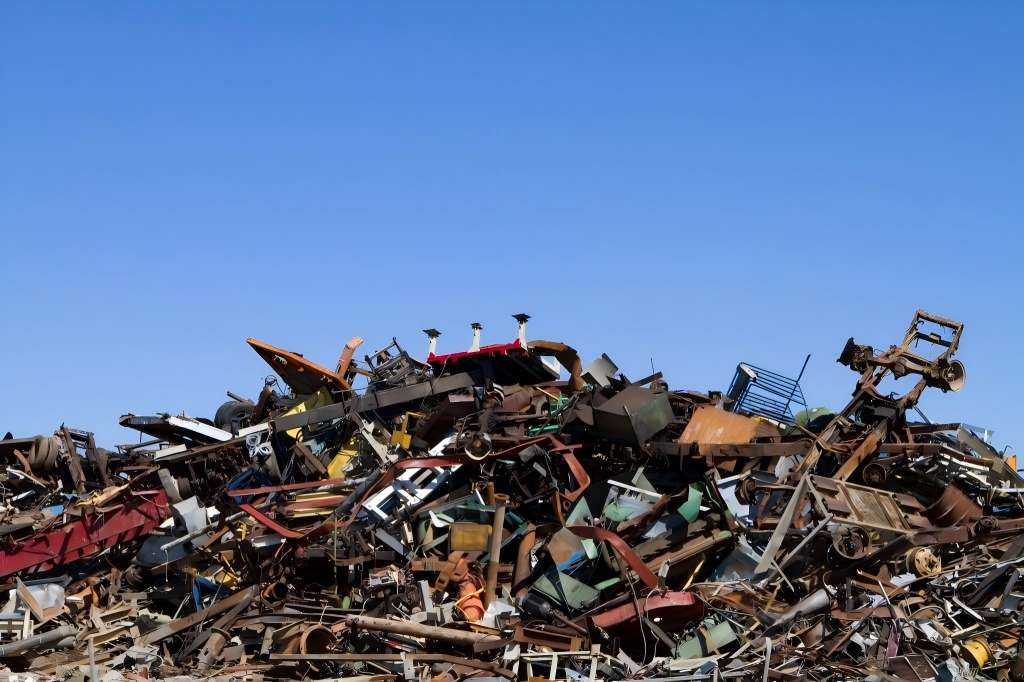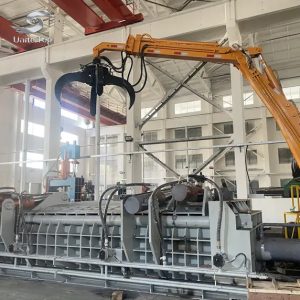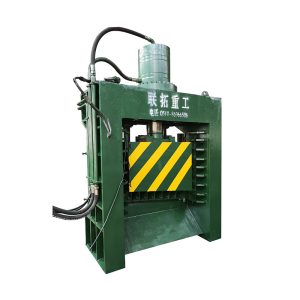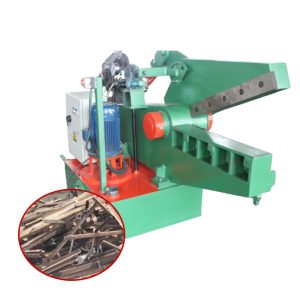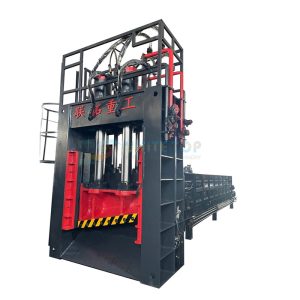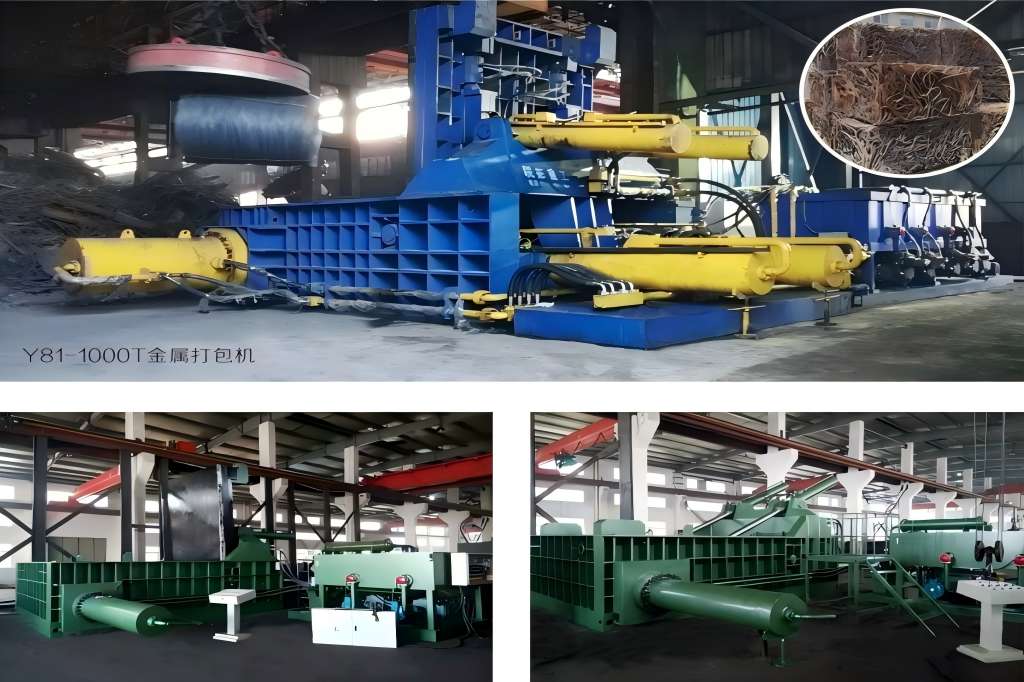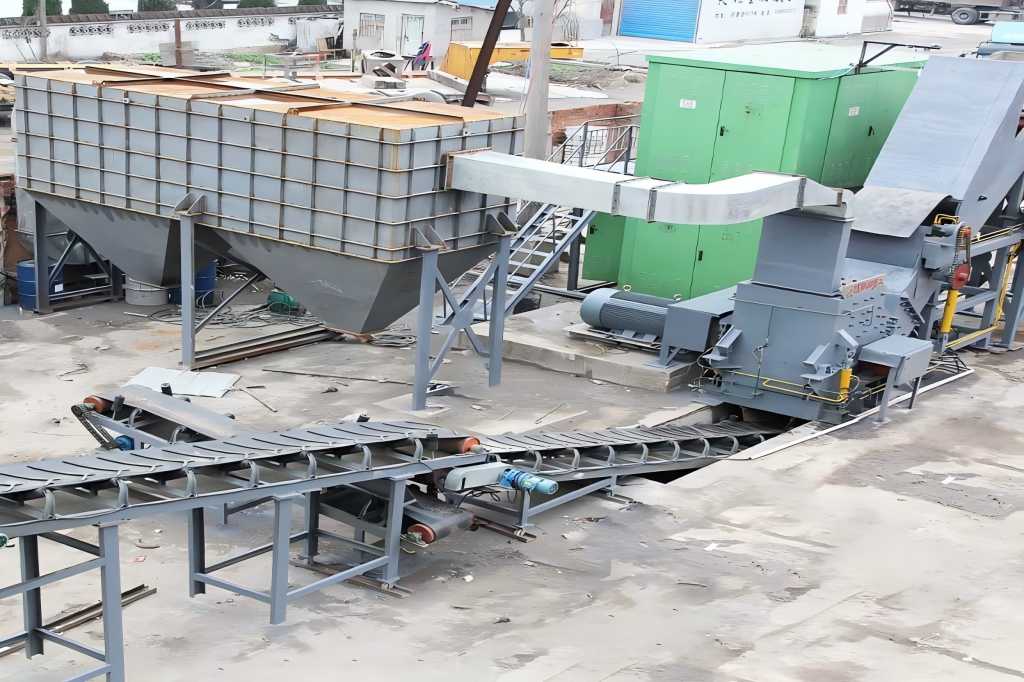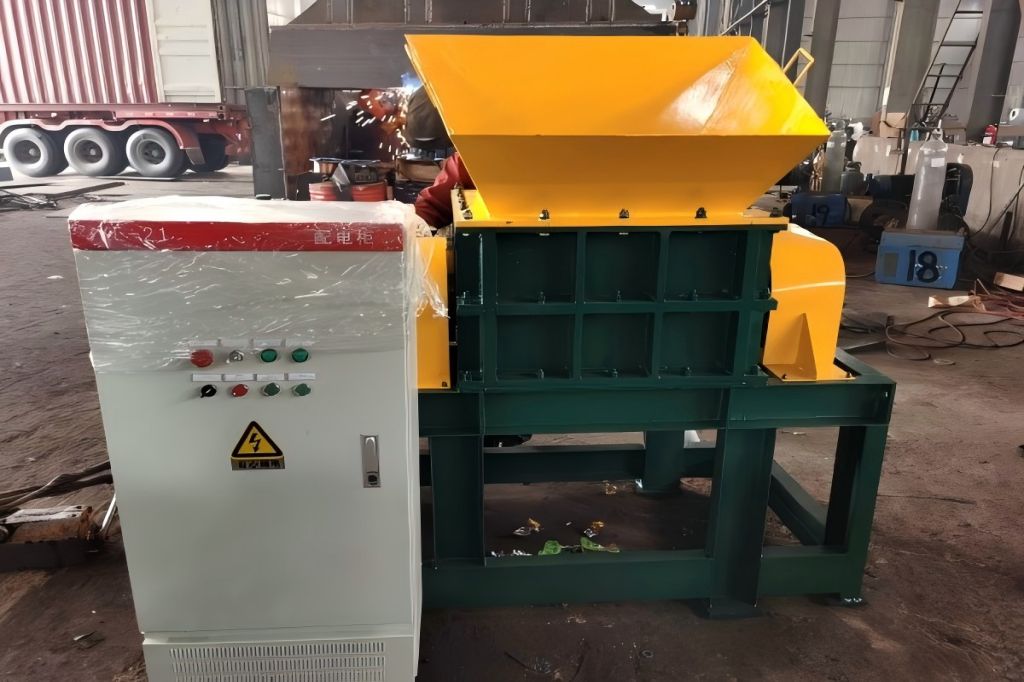The scrap metal recycling industry is a key player in the global effort to conserve natural resources, reduce waste, and support sustainable manufacturing practices. For recyclers, understanding the market prices and profit margins of various scrap metals is crucial to operating efficiently and maximizing profitability.
This article offers a detailed analysis of the current market landscape, price trends, and the financial benefits recyclers can expect from different types of scrap metals, including steel, aluminum, copper, and other key materials.
Scrap Metal Market
The scrap metal market has experienced significant fluctuations over the past decade, largely influenced by macroeconomic factors such as global demand, manufacturing output, and geopolitical issues affecting supply chains. Additionally, environmental regulations are pushing industries toward greater recycling efforts, creating both opportunities and challenges for scrap metal recyclers.
In 2023, the global scrap metal market was valued at approximately $58.3 billion, with an expected compound annual growth rate (CAGR) of 4.1% from 2024 to 2028. As the world transitions to more sustainable practices, the demand for recycled metals continues to grow.
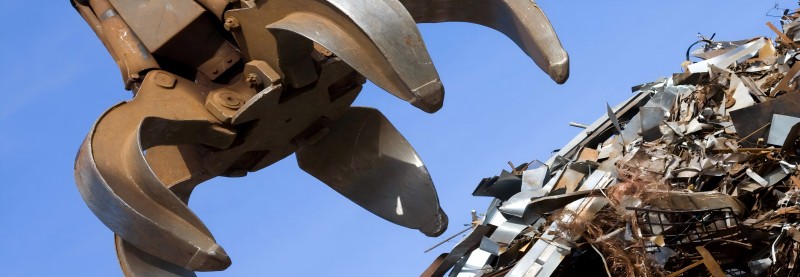
Key Scrap Metals: Prices and Profit Margins
The profitability of scrap metal recycling largely depends on two factors: the market price of the metal and the costs associated with processing, transportation, and labor. Below, we provide quantitative data on the market prices for key scrap metals as of the third quarter of 2024, along with the average profit margins recyclers can expect.
Steel
Steel is the most commonly recycled material, and it represents the largest volume of scrap metal processed globally. The market price for scrap steel tends to be lower than that of other metals due to its abundant supply.
| Steel Type | Price (USD per ton) | Processing Cost (USD per ton) | Profit Margin (%) |
| Heavy Melting Steel (HMS) | $300 | $150 | 50% |
| Stainless Steel | $900 | $350 | 38% |
| Shredded Steel | $350 | $160 | 45% |
The profit margin for steel recyclers varies based on the type of steel. For example, heavy melting steel (HMS) offers a healthy margin of 50%, while stainless steel recyclers can expect around 38%. The relatively low processing costs of steel, combined with high demand, make it a reliable metal for recyclers.
Aluminum
Aluminum is a highly sought-after material in the automotive, aerospace, and packaging industries due to its lightweight nature and resistance to corrosion. Its high recyclability rate and energy efficiency in recycling contribute to its value in the scrap market.
| Aluminum Type | Price (USD per ton) | Processing Cost (USD per ton) | Profit Margin (%) |
| Aluminum Cans | $1,200 | $300 | 75% |
| Extruded Aluminum | $1,800 | $500 | 72% |
| Cast Aluminum | $1,400 | $450 | 68% |
Aluminum recycling is highly profitable, with profit margins for common types such as aluminum cans reaching as high as 75%. The energy savings from recycling aluminum, compared to producing it from raw bauxite, adds to its appeal in the market.
Copper
Copper is one of the most valuable scrap metals, and its price is highly sensitive to changes in global economic conditions. It is frequently found in plumbing, telecommunications, and electrical wiring.
| Copper Type | Price (USD per ton) | Processing Cost (USD per ton) | Profit Margin (%) |
| Bare Bright Copper | $7,000 | $1,000 | 85% |
| Copper Wire | $6,200 | $1,200 | 80% |
| #1 Copper | $6,500 | $1,150 | 82% |
Copper offers the highest profit margins among scrap metals, with bare bright copper yielding up to 85%. Due to its widespread use in construction and electronics, copper demand remains robust, making it a key source of revenue for recyclers.
Other Metals: Brass, Lead, and Zinc
Other metals, such as brass, lead, and zinc, also contribute to the profitability of scrap metal recyclers, although their prices and margins can vary significantly based on market conditions.
| Metal Type | Price (USD per ton) | Processing Cost (USD per ton) | Profit Margin (%) |
| Brass | $3,000 | $800 | 73% |
| Lead | $1,600 | $400 | 75% |
| Zinc | $2,100 | $600 | 71% |
Brass and lead recyclers can expect profit margins of around 73% to 75%, while zinc offers slightly lower returns. Despite lower overall volumes compared to steel or aluminum, these metals still provide valuable revenue streams for recyclers.
Factors Affecting Scrap Metal Prices
The price of scrap metal is influenced by several key factors, including:
Global Demand: Metals are heavily used in industries such as construction, automotive, and manufacturing. A rise in demand from these sectors can drive up scrap metal prices.
Energy Prices: The cost of energy has a direct impact on the profitability of metal recycling. Higher energy prices can increase processing costs, reducing profit margins.
Geopolitical Events: Trade tariffs, international relations, and geopolitical tensions can significantly affect the supply and demand for metals, thus influencing their prices in the global market.
Currency Currency Rates: Because metals are frequently sold globally, changes in currency rates may have an effect on the amount recyclers get paid for materials they export.
Challenges for Recyclers
While the profit margins in the scrap metal recycling industry can be lucrative, recyclers face several challenges that can impact profitability:
Volatile Market Prices: The prices of metals can fluctuate widely, making it difficult for recyclers to predict revenue accurately. Price volatility is especially pronounced for high-value metals like copper.
Transportation and Logistics Costs: Moving large volumes of scrap metal can be expensive, particularly when international shipping is involved. Rising fuel prices further compound this issue.
Regulatory Compliance: Environmental regulations aimed at reducing emissions and hazardous waste can increase the cost of recycling operations. Recyclers must invest in technologies and processes to meet these requirements.
Quality of Scrap: Not all scrap metal is created equal. Contamination and degradation of materials can reduce their resale value, forcing recyclers to invest in better sorting and cleaning equipment.
Opportunities for Growth
Despite the challenges, the scrap metal recycling industry is expected to grow significantly in the coming years. The need for recycled materials is probably going to increase as sustainability and circular economy projects gain more attention.
Furthermore, technological developments in recycling will boost the productivity and profitability of scrap metal businesses. Examples of these developments include automated sorting systems and better smelting procedures.
Conclusion
Scrap metal recycling remains a highly profitable industry, especially for recyclers who focus on high-value metals like copper and aluminum.
By staying informed of market trends and optimizing their operations, recyclers can continue to thrive in this dynamic and growing sector.
While challenges such as volatile prices and rising operational costs exist, the long-term outlook for scrap metal recyclers remains positive, supported by global efforts to reduce waste and conserve natural resources.

